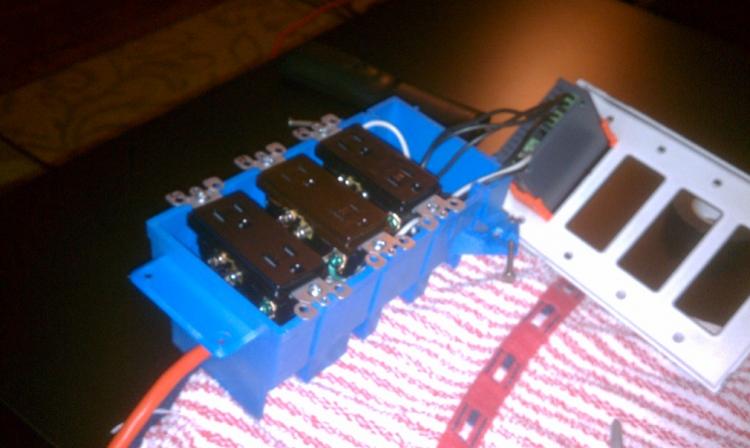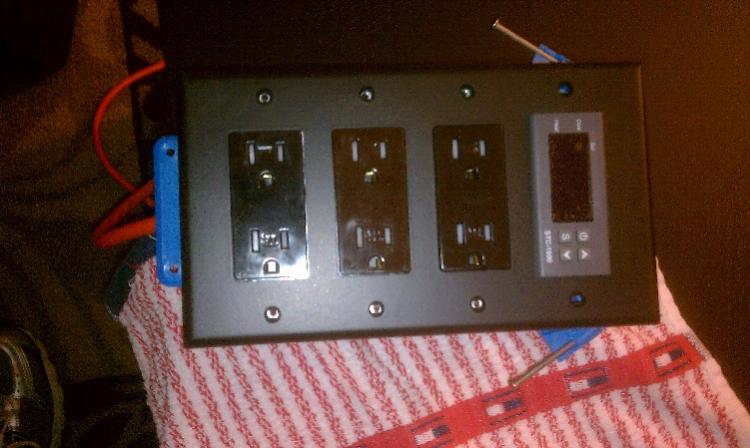JuanMoore
Getting the banned back together
Sir Humpsalot said:Sorry for the threadjack.... I was about to pull the trigger on one of these, and then I got to thinking...
$25 STC1000
$7 Extension cord
$10 project box
A pair of $10 GFCI sockets
And I'm within ten or fifteen bucks of the price of a Johnson controller....
Not to dismiss what you all have done. I think it's great, and it looks cool as heck, and I'm a big fan of DIY... I saved some coin by making my stirplate and really enjoy little electrical projects... But I'm thinking that the savings over the Johnson controller isn't all that great when you add it all up. I'm not looking for an argument here, it's just an honest question.
Anybody care to agree or disagree?
The johnson is only single stage, the STC-1000 is dual stage. The johnson is also analog with no compressor delay and no way to change/adjust the temp differential. The cost is similar, but the STC-1000 has a lot more features and functionality. Nothing wrong with the johnson controller, especially for a keezer or other applications that only require single stage control, but it's not really a comparable product. A better comparison would be a ranco dual stage controller, which runs ~$120 IIRC
And FWIW it can be put together significantly cheaper than the price list you have there.







![Craft A Brew - Safale BE-256 Yeast - Fermentis - Belgian Ale Dry Yeast - For Belgian & Strong Ales - Ingredients for Home Brewing - Beer Making Supplies - [3 Pack]](https://m.media-amazon.com/images/I/51bcKEwQmWL._SL500_.jpg)






















































